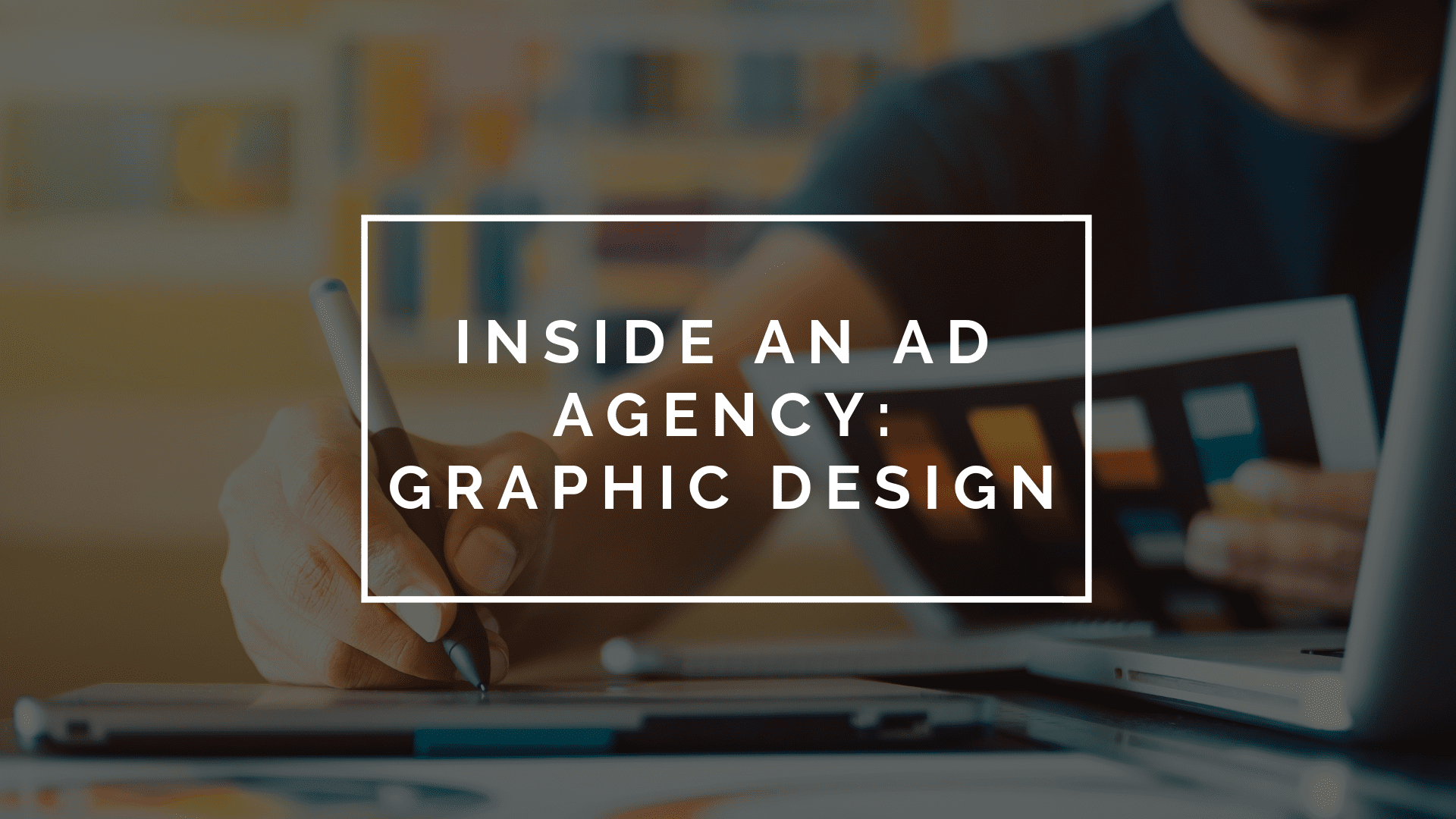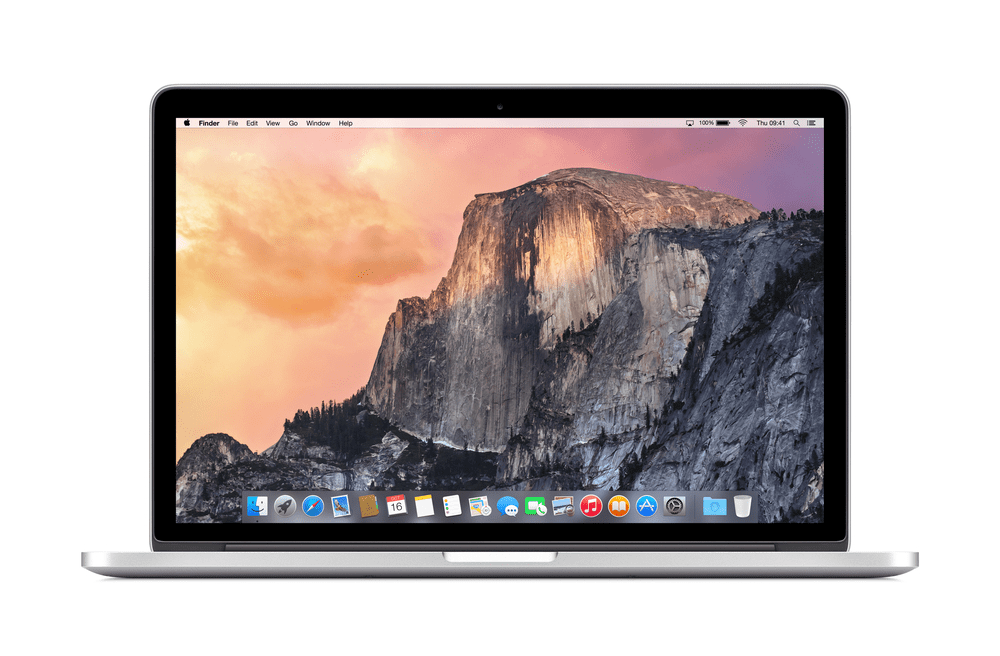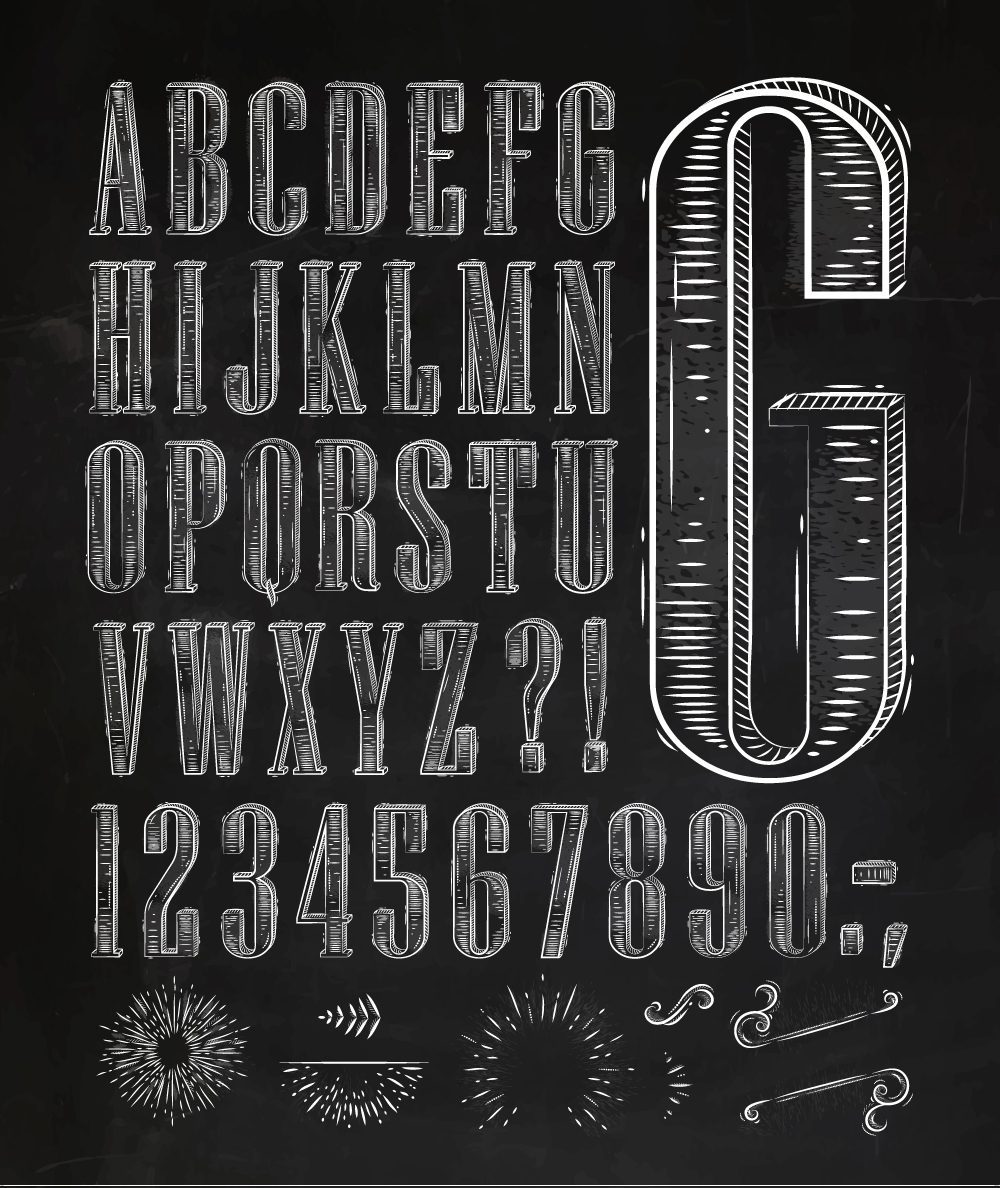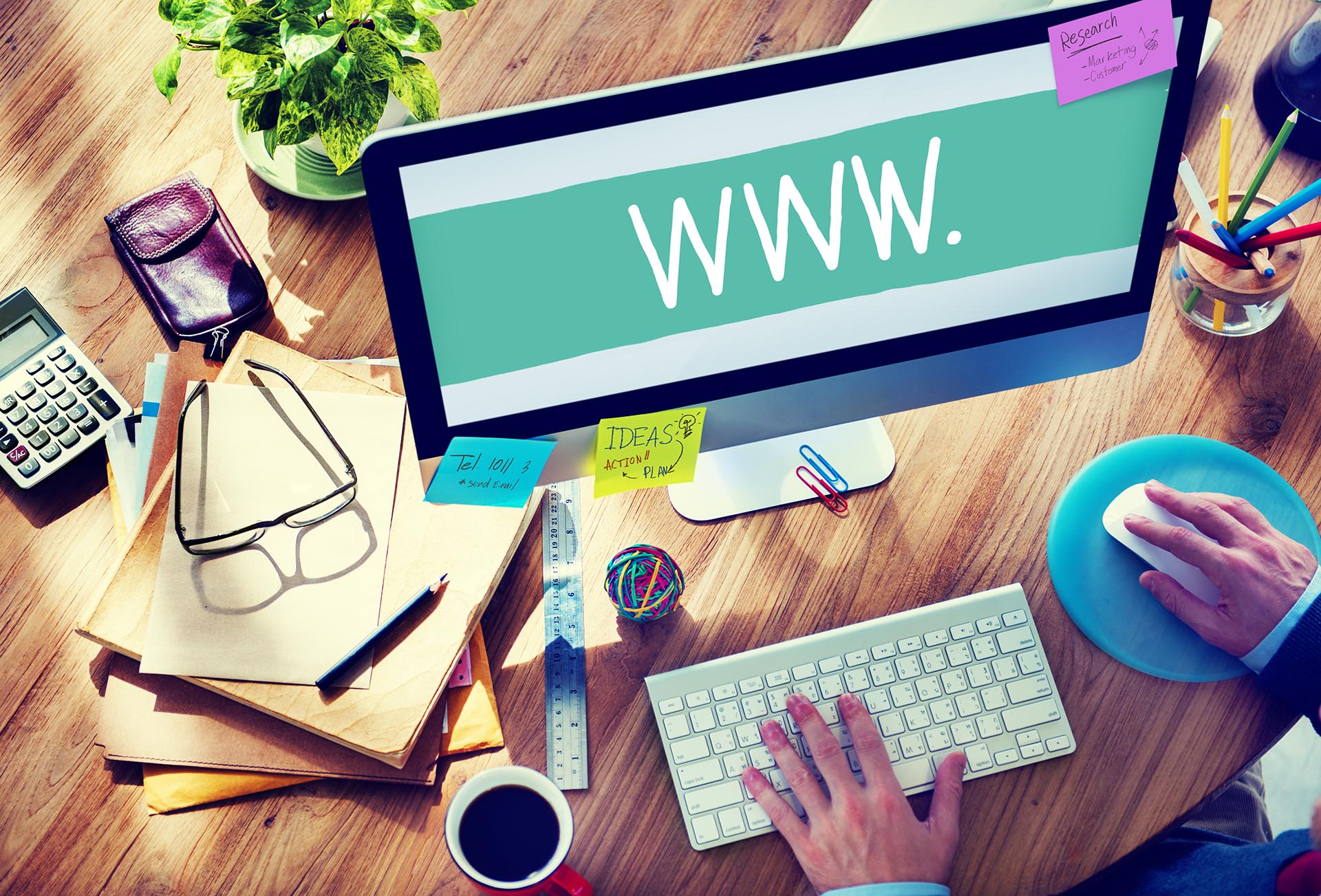
Advertising agencies have a lot of different jobs and positions within them. From marketing teams to printing, there are a fair amount of positions that all work together to complete the one goal- advertising your brand. One position that is super important in an ad agency is the graphic designers.
Graphic designers create all the visual content using online software. They assemble images, typography, motion graphics, website layouts and more. Their jobs include a lot of hard work, but it is often times the graphic designer’s work that is first seen by people. This means the graphic designers have the responsibility of creating content that will be memorable and encourage viewers to learn more about the company.
Specifically, in an advertising agency, these first impressions graphic designers create are crucial. They can literally make or break a sell and even more they can make or break the company as a whole. Advertisements for products or services are most successful when the graphics grab your attention and leave a mark in your mind. This will leave you thinking about the product or service for days or even weeks. This is ultimately the goal of an advertising agency. They want the product or service they are trying to sell to be stuck in your mind until you finally invest in it.
Combing graphic design and advertising agencies is an interesting concept. An example of a successful graphic design team advertising is McDonald’s. Almost anywhere you are in the world, people will recognize the golden arches of the loved restaurant. The designers created a logo that successfully stuck in consumers minds to the extent that throughout the world people recognize it and associate the golden arches with a cheeseburger and fries.
Graphic designers at advertising agencies have the responsibility of creating more than just memorable logos though. They have to create visually appealing websites, create motion graphics that draw viewers in, and design ads and images that successfully promote the product in a good light. Graphic designers don’t always get enough credit for the amount of influence they have within the advertising agencies. In fact, a lot of people aren’t aware that these agencies hiring on graphic designers. They are a huge part of any kind of marketing, especially in today’s world where we have the internet.
Overall, graphic designers have a huge role in the success of advertising agencies. They are responsible for creating anything customers and viewers see- websites, motion graphics, images, ads, pictures, everything! Successful graphic designers can make or break a company as a whole and are crucial to advertising agencies’ success.
SOURCES:
http://www.dotugo.com/blog/87-advertising/247-importance-of-a-good-design-in-advertising.html
https://www.lifewire.com/working-in-advertising-as-graphic-designer-1697451







